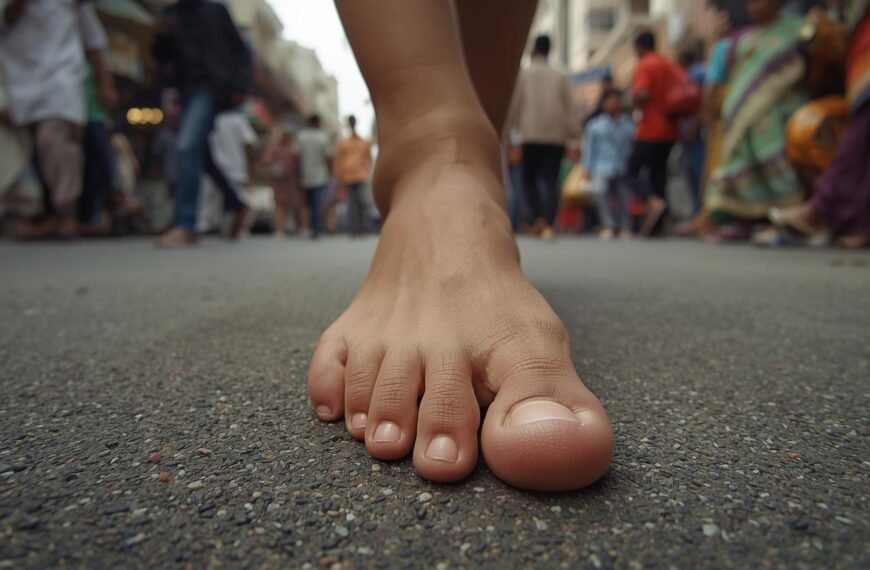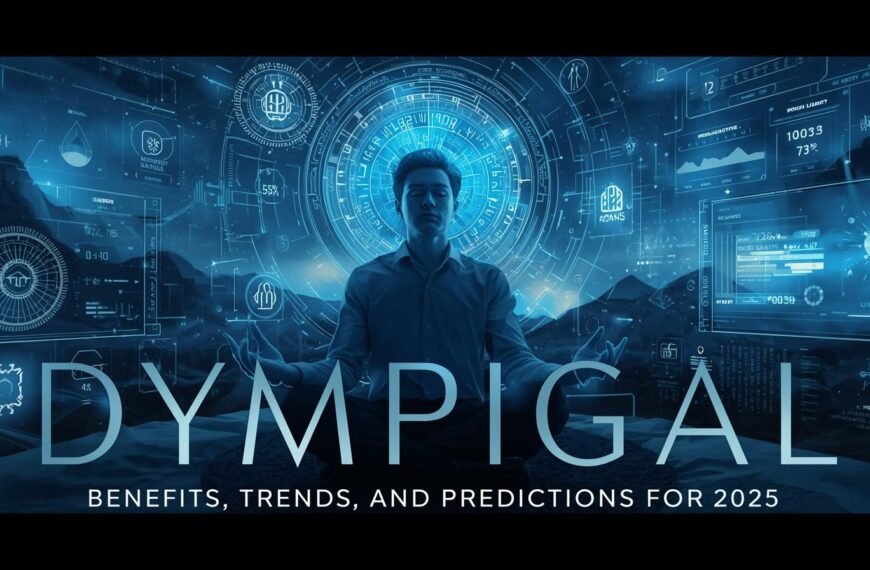In the ever-evolving world of healthcare marketing, precision and personalization have become non-negotiable. Telehealth companies, medical device manufacturers, and healthcare SaaS providers are constantly looking for ways to connect with the right physicians at the right time. However, traditional segmentation methods often fall short of achieving true personalization.
Today, Generative AI is emerging as a transformative force in how healthcare marketers build and utilize their Physicians Email List — offering data-driven insights, real-time personalization, and unprecedented targeting accuracy.
The Evolution of Segmentation in Healthcare Marketing
Email marketing remains one of the most effective channels for reaching healthcare professionals, but its success largely depends on how well the list is segmented.
Traditionally, segmentation relied on basic demographic filters like:
- Specialty (e.g., oncologists, cardiologists, neurologists)
- Location (city, region, or country)
- Institution Type (private practice, hospital, clinic)
- Seniority Level (chief physician, assistant, resident)
While these parameters provided a foundation, they lacked behavioral intelligence — the ability to understand why a physician engages and what kind of content motivates them to take action. This is where Generative AI revolutionizes the process.
How Generative AI Transforms Physicians Email List Segmentation
Generative AI introduces predictive intelligence into segmentation, combining natural language processing (NLP), behavioral analytics, and machine learning to automatically identify meaningful patterns. Below are the key ways AI enhances segmentation in healthcare email marketing:
1. Deep Behavioral Profiling
Generative AI tools can analyze physicians’ online behaviors, such as:
- Which types of medical articles they read
- What webinars or conferences they attend
- How they interact with past email content
This allows marketers to segment audiences based on engagement tendencies — for example, grouping physicians who frequently read oncology research or those more interested in telehealth case studies.
2. Predictive Persona Development
Instead of static personas, AI creates dynamic physician personas that evolve over time. It identifies subtle patterns like reading preferences, device usage, and response timing. For instance, AI can detect that cardiologists in the U.S. Midwest tend to engage with content on patient monitoring tools during weekday mornings — allowing campaigns to be hyper-targeted.
3. Smart Segmentation by Intent Signals
Generative AI doesn’t just react to past behavior; it predicts future intent. By studying engagement patterns, AI can detect early signs of purchasing intent or interest in specific treatments. This insight helps marketers send timely, relevant content such as trial invitations, whitepapers, or case studies.
4. Automated Data Enrichment
One of the biggest challenges in healthcare marketing is data decay — when contact information or practice details become outdated. AI can automatically verify and enrich physician profiles by cross-referencing public databases, journals, and verified third-party sources. This ensures your Physicians Email List remains accurate, compliant, and fresh.
5. Contextual Content Creation
Generative AI can also assist in crafting segment-specific messaging. For example:
- For oncologists: “Latest advancements in immunotherapy and AI-assisted diagnostics.”
- For pediatricians: “How generative AI can improve early disease detection in children.”
By generating personalized subject lines, body text, and even call-to-actions, AI ensures each segment receives content that truly resonates.
6. Adaptive Campaign Optimization
Generative AI continuously monitors open rates, click-through rates, and conversions across segments. Based on performance, it adjusts segmentation rules automatically — refining which physicians belong in which groups, and what content works best for each.
Comparison: Traditional vs. AI-Driven Segmentation
| Feature | Traditional Segmentation | AI-Driven Segmentation |
| Segmentation Basis | Specialty, location, seniority | Behavior, intent, content engagement |
| Data Updates | Manual, periodic | Continuous, automated enrichment |
| Personalization Depth | Basic and static | Hyper-personalized and dynamic |
| Learning Ability | None | Self-learning and predictive |
| Time Efficiency | Labor-intensive | Automated and real-time |
| ROI Impact | Moderate | High — due to precision targeting |
Real-World Impact: A Practical Example
A healthcare SaaS company specializing in electronic health record (EHR) software used AI-based segmentation to improve its outreach.
Here’s how:
- Before AI: Campaigns targeted all physicians in its database based on specialties alone.
- After AI Integration: Generative AI analyzed historical email engagement data, identifying physicians who showed interest in automation tools.
Result:
- 40% increase in open rates
- 32% rise in demo requests
- 25% reduction in unsubscribes
This case highlights how Generative AI doesn’t just segment better — it learns and improves continuously.
Data Privacy and Compliance: A Core Priority
While leveraging AI in segmentation, healthcare marketers must remain vigilant about data security and regulatory compliance. Since physicians’ contact data falls under sensitive professional information, adhering to HIPAA, GDPR, and CAN-SPAM standards is mandatory.
Reputable AI tools anonymize data and ensure that segmentation happens without compromising privacy. Additionally, collaborating with providers who supply verified and opt-in physician data guarantees compliance and builds long-term trust.
Strategic Benefits of Generative AI Segmentation
- Enhanced Precision: Target micro-segments such as “oncologists interested in AI diagnostics.”
- Improved Relevance: Deliver meaningful, context-aware messaging that aligns with professional interests.
- Higher Conversions: Increase response and conversion rates through accurate targeting.
- Reduced Campaign Costs: Focus only on high-probability segments, saving ad spend.
- Scalable Personalization: Reach thousands of physicians without manual intervention.
The Future: Hyper-Personalization in Healthcare Marketing
The next phase of Generative AI in segmentation will move toward real-time adaptive marketing. Imagine an AI that adjusts campaign content dynamically — changing tone, visuals, and timing based on a physician’s behavior as it happens.
Soon, healthcare organizations will deploy AI-driven campaign orchestration platforms capable of managing thousands of unique physician journeys simultaneously. Those who invest in this transformation early will gain a significant competitive advantage in physician engagement and brand credibility.
Conclusion
Generative AI has moved beyond buzzwords — it’s now the backbone of data-driven healthcare marketing. By integrating AI into segmentation strategies, marketers can transform a static Physicians Email List into a dynamic, living database of engagement intelligence.
As personalization continues to define the future of outreach, leveraging AI for segmentation will be the difference between marketing that speaks and marketing that converts — powered by your Physicians Mailing List. Through predictive modeling, behavioral analysis, and automated optimization, AI empowers healthcare organizations to build stronger connections, deliver greater value, and achieve measurable results.









